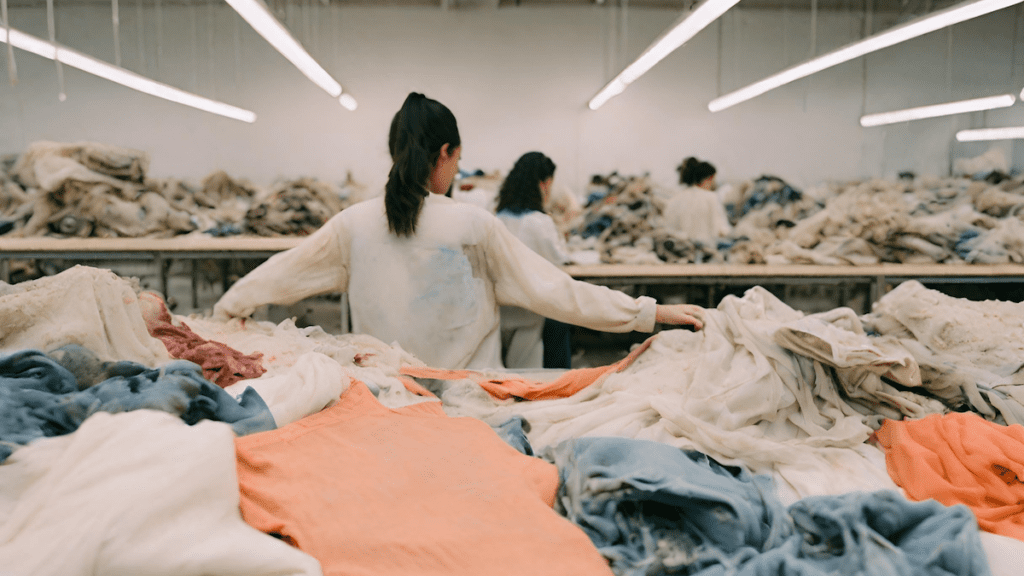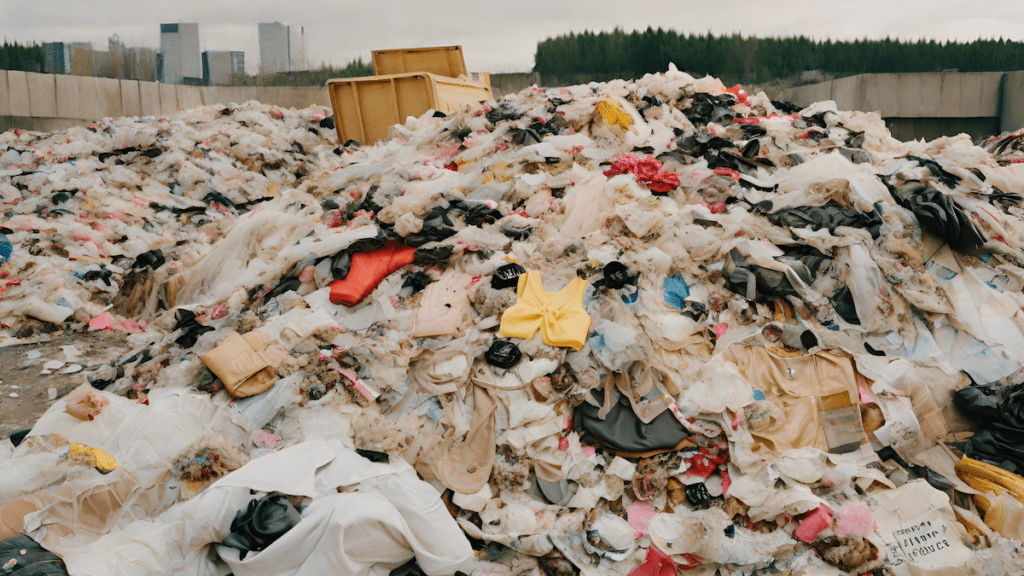Fast fashion refers to the business model of mass producing inexpensive, low quality, on-trend garments at a rapid pace. It prioritizes speed and affordability over quality and sustainability.
“Fast fashion” has become the standard model for the apparel industry, with brands like H&M, Zara, and Forever21 pioneering the trend of churning out cheap, disposable clothes at a rapid pace.
While fast fashion democratized style and made clothing more accessible, its impacts on workers and the environment reveal a much higher hidden price tag. It’s time to pull back the curtain on the true cost of fast fashion.
The Boom of Fast Fashion
Over the last few decades, consumer demand for budget clothing has surged, leading to the acceleration of production.
Where seasons and runway trends once dictated style, now fast fashion brands tempt consumers with new inventory multiple times per week.
Using lean supply chains and streamlined manufacturing, they’ve shortened clothing lines from concept to consumer from months to mere weeks.
The average person purchases 60% more pieces and keeps them for only half as long as they did 15 years ago. The quick and constant flow of new attire seems enticing, but it comes at an unseen price.
The Human Cost

Fast fashion supply chains rely on low-wage laborers in developing nations, often subjecting them to dire working conditions and abuse.
Most garment workers are women who face gender discrimination along with long hours, intimidation, harassment or violence.
Factories often deny fair compensation, despite workers toiling for 12-14 hours a day to meet quotas.
Last-minute order changes and short production targets place an extreme burden on workers.
Lax regulation and oversight worsens the exploitation. Issues like unsafe facilities and forced child labor also run rampant.
The 2013 collapse of Rana Plaza in Bangladesh that killed over 1,100 garment workers stands as a chilling example, especially as other preventable tragedies have followed.
While companies have pledged improvements, achieving living wages and ethical conditions across massive, complex supply chains continues to be an uphill battle.
The fast fashion business model pins profits above the well-being of its labor force.
Environmental Degradation
Fast fashion also depletes resources and pollutes ecosystems globally. The average garment is worn just 7 to 10 times before disposal; in the U.S. alone over 15 million tons of textile waste gets landfilled annually.
All this clothing churn requires oversized consumption of natural resources like water, cotton, and fossil fuels.
Polyester, the go-to material for most fast fashion brands, sheds microplastics into waterways that accumulate in our food chain.

Toxic chemicals and dyes from garment production also pollute rivers across major apparel manufacturing hubs in Asia.
The increased speed of inventory turnover means more carbon emissions from production and shipping around the world.
As living standards and consumption levels continue rising in developing nations, fast fashion’s ecological impacts scale. A linear, take-make-dispose model decouples environmental health from business growth.
Policy and Government Intervention
Stronger legal protection and enforcement for garment workers will help curb exploitation. In the U.S., the 2021 Garment Worker Protection Act in California aims to increase transparency and prohibit wage theft.
In New York, new legislation aims to increase transparency and accountability for the fashion industry’s environmental and social practices.
The proposed New York State Fashion Sustainability and Social Accountability Act (S7428/ A8352) would mandate that apparel companies operating in New York adhere to strict supply chain tracing and public reporting on their ecological footprint and labor standards.
Under the act, retailers and manufacturers would need to map out end-to-end who supplies their materials and services.
They would also have to disclose detailed information on sustainability metrics like water usage, chemical management, greenhouse gas emissions, and waste.
Regarding social impact, companies would be required to audit and reveal workplace conditions, wage practices, and evidence of fair treatment across their supply chains.
The EU is likewise considering regulation for mandatory due diligence across supply chains and waste. If expanded globally, such policies could legally compel better treatment. Trade deals should also be predicated on improved labor rights.
Consumer Advocacy and Education
As public awareness expands, consumers can apply pressure for change through advocacy campaigns, ethical buying habits and vocal social media critiques.
Fashion transparency laws, like one passed in New York, empower consumers to make informed decisions and hold brands accountable. Education on issues and solutions will further drive collective shift.
Industry Investment and Innovation

Businesses must step up to invest in solutions like responsibly sourced biomaterials, recycled fabrics, zero waste pattern technologies and closed-loop production.
Sustainable innovations can allow for environmental savings while still keeping costs low. Embracing transparency and partnering across sectors will smooth the transition.
Prevalent industry issues like excessive waste and unsafe chemical usage have profitable green solutions ready for implementation.
However, the biggest challenge for fast fashion will be in fundamentally reforming its business model to promote ethics not overhead cost reduction.
Sustainable Fast Fashion?
Can fast fashion brands adopt sustainability without hindering accessibility? Incremental progress gives hope, but a deeper overhaul of the fashion paradigm is needed.
There are certainly trade-offs, but a holistic approach can balance affordability, ethics and ecology.
While higher prices for eco-conscious materials are a hurdle, scaled adoption will lower costs, and cost cutting business models have flexibility to absorb slight increases.
Better inventory planning, quality garment construction, and reuse initiatives could offset spending while reducing waste.
The fast fashion allure of instant gratification may be at odds with sustainability. But the movement presents a chance to redefine fashion as personally expressive and durable rather than disposable.
Affordable sustainability requires collaboration between companies, governments, NGOs and society.
By coming together to repair a broken system, fashion can cultivate prosperity alongside equity and renewal.







